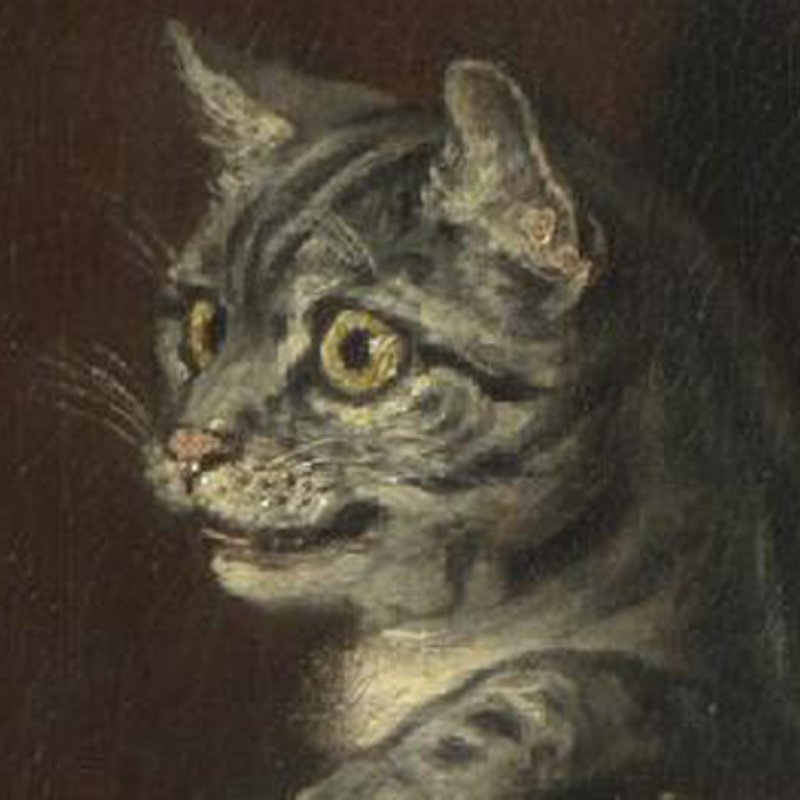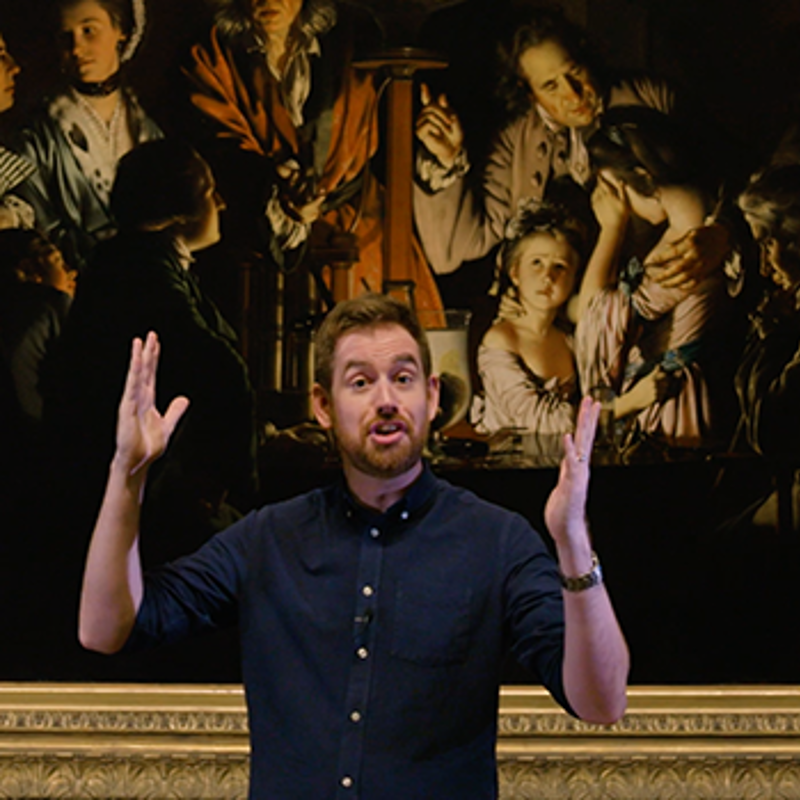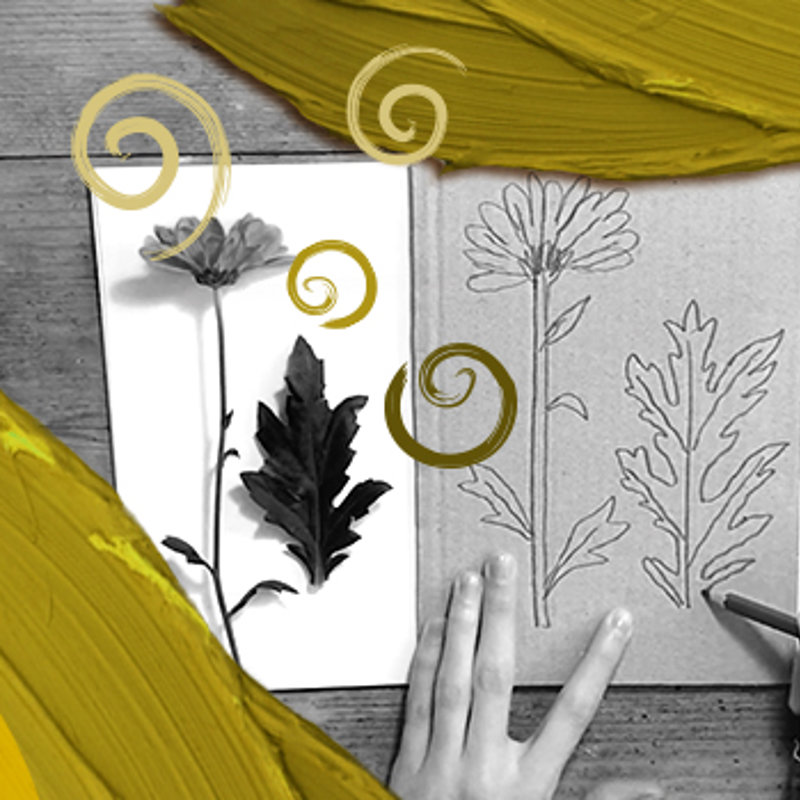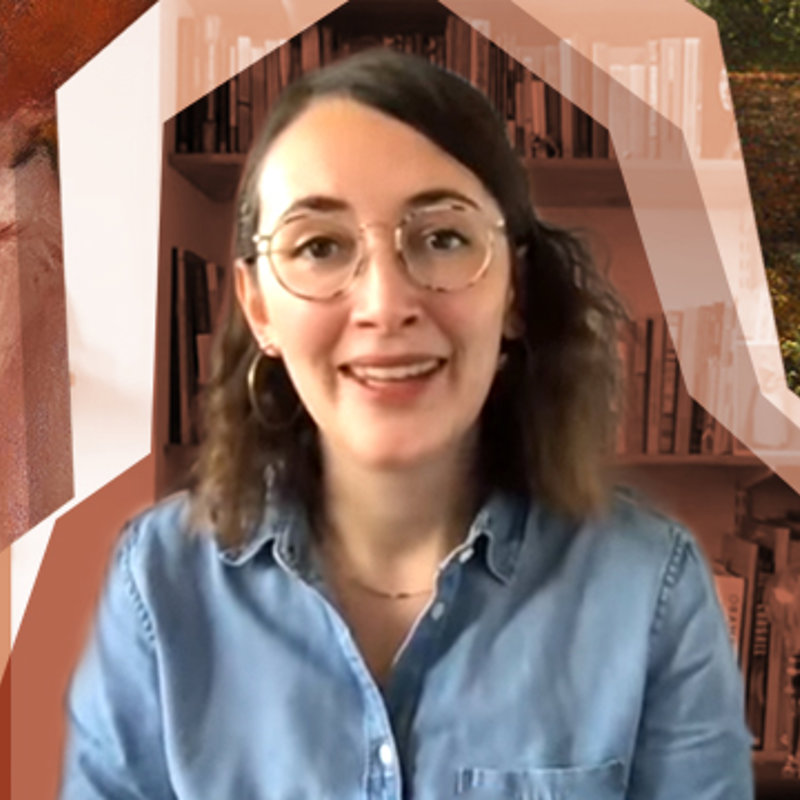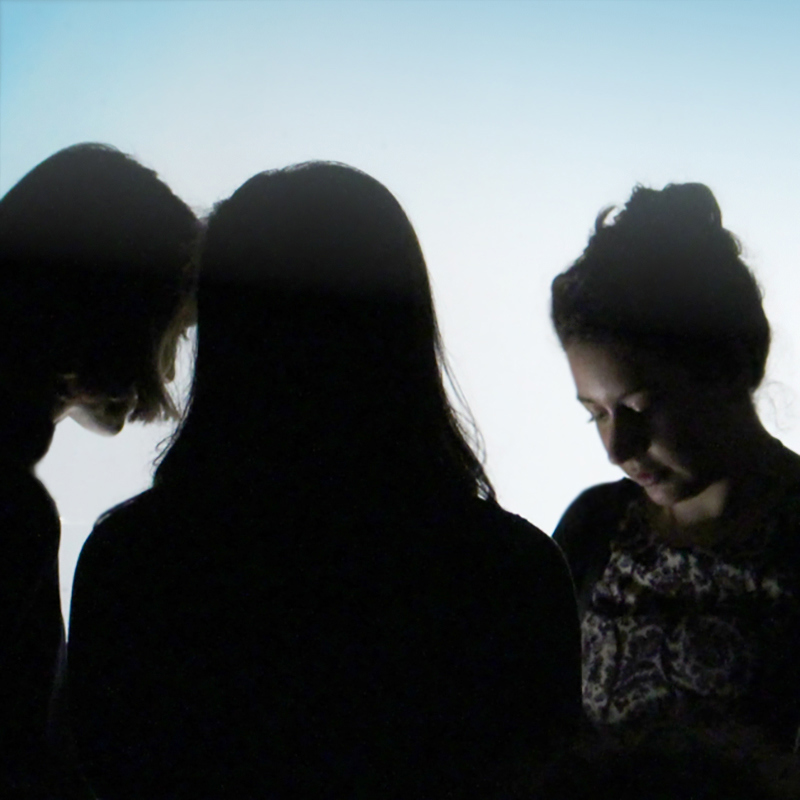We start our search with this famous painting by the Italian Renaissance artist, Botticelli. Mars, the god of war, is in such a deep slumber that he notices neither the wasps buzzing about his head, nor the satyr blowing on a shell into his ear.
But might the wasps be a clue for something else? 'Vespe' is the Italian for wasp, and Botticelli might have been making a pun on the name of the noble Florentine family, the Vespucci, who were patrons of his.
Cupid complaining to Venus
Insects also pose a problem for Mars's son Cupid in this painting by German Renaissance artist Cranach.
Cupid, the god of erotic love, has been stung by bees while stealing honeycomb from their hive.
When he asks his mother Venus, goddess of love, how something so small can inflict so much pain, she points out that the suffering Cupid causes by firing his arrows of love is worse and lasts far longer than a bee sting.
Portrait of a Woman of the Hofer Family
This unknown artist's depiction of a woman's headdress is so life-like, that the artist seems to want us to think that a fly, deceived by his illusion, has attempted to land on the headdress.
The fly is, of course, also part of the deception and most likely intended to reinforce the artist’s skill.
The Virgin and Child ('The Madonna with the Iris')
In this painting from the workshop of German artist Albrecht Dürer, a butterfly is used as a metaphor for Christ, who is shown here as a child with his mother Mary.
The transformation from earthbound caterpillar to air-borne beauty symbolises how Christ, freed from earthly life, ascends to Heaven.
A Still Life of Flowers in a Wan-Li Vase
The butterfly in this work by Ambrosius Bosschaert the Elder can clearly be identified as a Red Admiral. Can you spot any other insects hiding amongst the flowers?
17th-century Dutch flower painters liked to include tiny insects in their paintings that had been observed under lenses, reflecting the country's interest in the natural sciences.
Insects with Common Hawthorn and Forget-Me-Not
Each specimen in this work by Jan van Kessel the Elder is carefully observed and identifiable.
The black-veined white butterfly balances on the leaf on a common hawthorn; a caterpillar and an earwig crawl along its woody sprig. A common blue butterfly sits on a different leaf, while another rests on one of the juicy red berries.
You can also identify a hornet, a yellow pied hoverfly, a garden tiger moth, two more earwigs, a dung beetle, and a fire bug. Phew!
Rachel Ruysch was another Dutch 17th-century artist who liked to fill her floral still lifes with insects.
Her elegant bouquet is crammed with scented flowers and creepy crawlies including ants, a beetle, a grasshopper and acrobatic caterpillars.

















